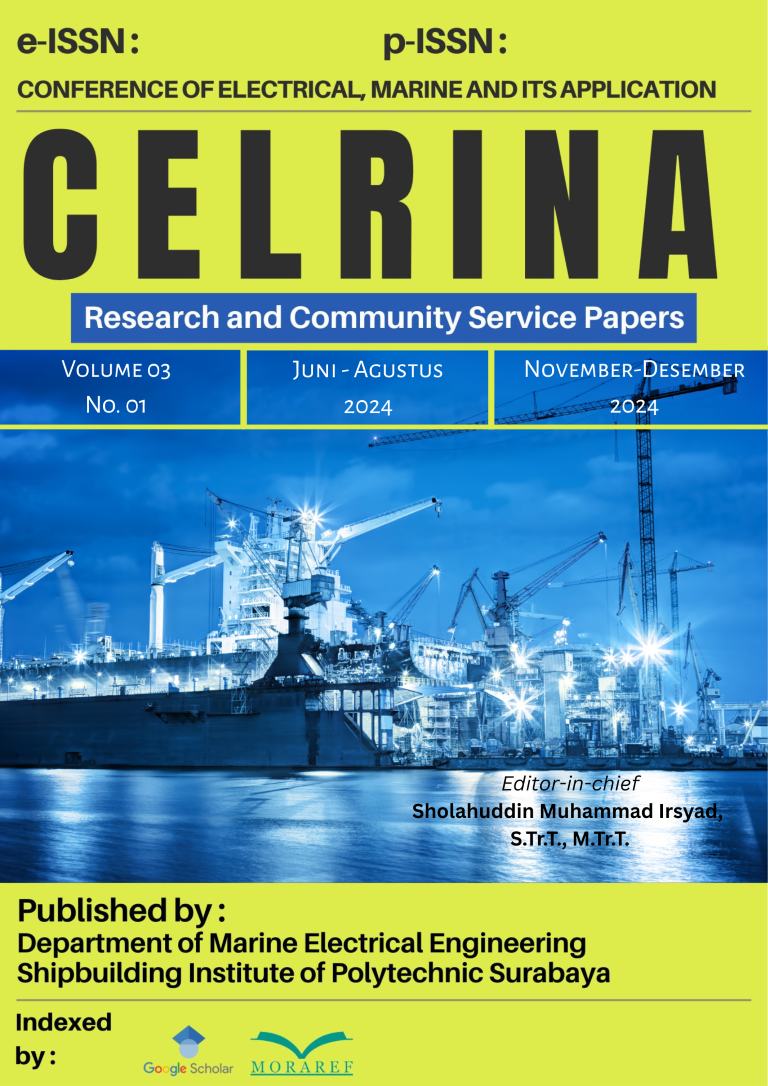Linear Quadratic Regulator (LQR) and Linear Quadratic Tracking (LQT) control systems on M66 Series DC motors.
Keywords:
Control, LQR, LQT, DC Motor, Noise, OptimalAbstract
Some players in the industry seek to build or improve systems in their industry to produce superior products compared to their competitors. Recently, attention to optimal control problems has increased due to the increasing demand for high-performance systems. The concept of control system optimization involves the selection and design of key performance indicators that will guide the creation of an optimal control system within existing physical constraints. When designing an optimal control system, the goal is to find decision rules that will lead to control actions that minimize deviations from the desired behavior. LQR is one of the optimal control methods used in state space based systems. The LQR controller has two parameters, namely the weight matrices Q and R, which must be determined to achieve optimal control actions. LQT is an optimal control method that aims to minimize the objective function (Performance Index) and regulate the system (Plant) so that it can follow the desired reference. The step response results of the M66 Series DC motor using LQR show that the amplitude reaches around 0.799, which can be considered as 1 and reaching the setpoint. On the other hand, the step response of the LQT system produces a higher amplitude, around 0.99, which also reaches the setpoint. In addition, the LQT response has a faster rise time compared to the LQR response, around 1,509 milliseconds, and experiences an overshoot of around 1.05% and an undershoot of around 1.05%. Overall, it can be concluded that the M66 Series DC motor using LQR produces more optimal results compared to the 1st order M66 Series DC motor. This can be seen from the system's ability to use LQR to achieve setpoint, stable graphics, fast rise time, and overshoot value. and lower undershoot.




